Understanding Slot Paytables: A Comprehensive Guide
In the good old days of slot machine gaming, it was easy to understand what was happening when spinning the reels. Most slots had a simple 3-reel and 1-payline configuration and a handful of symbols. In most cases, you had to line up three symbols across that payline to win a payout. As there was so little information to share, many slot machines even placed the pay table on the main screen so that it was always visible.
Fast forward to today, and slot games and online casinos have evolved significantly to the point that we now have a ton of special symbols, a variety of innovative reel mechanics, and lucrative bonus features that now feature across slot machines in casino lobbies. While these can create a more enjoyable experience when modern online slots, it also means it is more challenging to understand how they work. That is why looking at slot pay tables is more important than ever.

What is a Slot Machine Paytable?
The slot pay table is the single most important source of information for any slot machine game featuring at a land-based or online casino.
The page lays out everything a player needs to know about the slot game - how it works, the different symbols and their payouts, the bonus rounds, winning combinations, betting requirements, volatility, RTP, etc.
Understanding how to interpret the slot paytable is vital to an enjoyable and informed gaming experience.
The pay table screen contains critical details about:
- The slot's rules
- Slot features
- Betting limits
- Paylines
- Symbol payouts
- Bonus features
- Jackpots
- Betting requirements
- Volatility
- RTP
In a nutshell, the pay table gives players all the information about how a slot machine game works, plays, and pays. It lets players determine if the game mechanics, volatility, and payout potential fit their preferences.
The paytable also displays the game rules, shows simulated spins, and gives examples of winning combinations - so players know exactly what to expect.
The Common Slot Paytable Layout
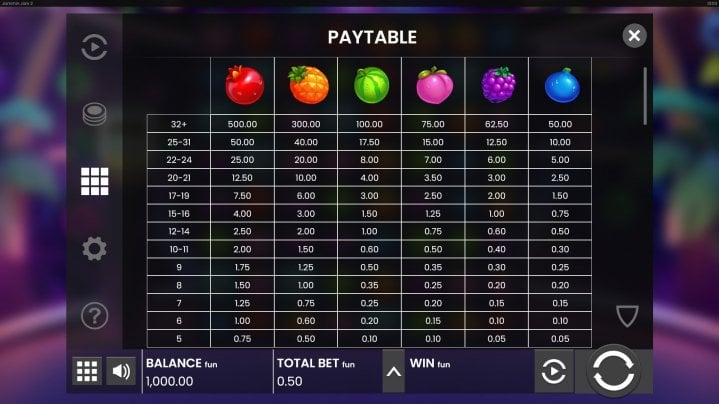
While the layout may vary across modern online slots and tables, most slots feature pay tables that follow a standard template when presenting information.
Some standard pay table components are:
- Symbols and Payline Patterns: All slot machine pay tables will display the different symbols on the reels. That includes the regular high and low-paying symbols and special symbols such as the Wild and Scatter symbols. You'll also see information about the payline configurations that detail how symbols must line up on the reels to create a winning combination.
- Payouts for Symbol Combinations: As well as showcasing the symbols you'll come across while spinning, pay tables will display the payouts you'll receive when those symbols form a winning combination. The pay table could display this information as a multiplier of your stake or the exact amount you'll receive for each combination based on your current stake. If the latter, the pay table will dynamically change as you alter your wager per spin.
- Jackpot Information: Slot pay tables mention the exact payouts for slots with fixed jackpot amounts. Games with progressive jackpots display the running jackpot total rising with every wager.
- Volatility and RTP: Volatility indicates the risk profile when you play a slot, and RTP (return to player) percentage provides the average payout rate over an extended period of play. These metrics determine winning frequency and magnitude.
- Bonus Features and Free Spins: Information on activated features like bonus rounds, bonus symbols, free spins, multipliers, etc., and instructions on triggering them can be found here. Bonus feature payout potential is also outlined.
Slot Symbols - What They Pay and What They Do
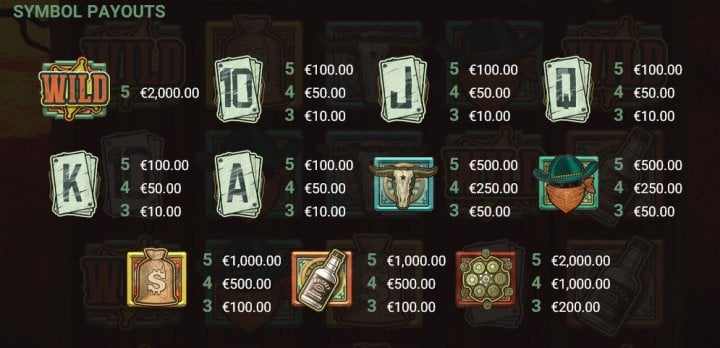
Another important role of any slot machine pay table is to let players know how much each symbol pays. After all, the symbols represent the core of the gameplay. Based on importance and function, they can be categorized as:
- High-Paying Symbols: Also called premium symbols, these icons offer the highest payouts when appearing in winning combinations, owing to their lower frequency and higher value. Common types are 7s, bars, gems, money bags.
- Low-paying symbols: These are represented by high-frequency card suite symbols like Aces, Kings, Queens, Jacks, etc. Their payout potential is relatively low.
- Special Symbols: While older machines only had basic special symbols such as the wild symbol, which substitutes for other symbols, nowadays there are so many more to understand. By reading slot payables, you'll discover what scatter symbols, bonus symbols, and any other symbol will do when it lands on the reels.
Over time, slot symbols have evolved in design and animation to complement modern online slot themes. But functionality-wise, the standard categorization applies. Players must recognize symbols that drive value.
Understanding Payline Patterns in Pay Tables

Traditional classic slots had a single horizontal payline across the centre reel. The popularisation of video slots led to the introduction and creative innovations of multiple pay lines. While old classics have 1-5 pay lines, modern slots offer 25-100 pay lines, sometimes even crossing reels vertically and diagonally.
The pay table denotes each payline available and illustrates the patterns through indicative diagrams. It’s advisable to wager on maximum lines for better odds to win, increased gameplay action, and hitting bonuses. Thus, by displaying symbols and emphasizing the winning relevance of pay lines, slot paytables help identify value drivers.
No Pay Line Slots
Some slots, like Megaways, Ways-to-Win, and Cluster Pays, come with no pay lines. The popularity of 'Pay Anywhere' games is also rising.
Features and Bonuses in Slot Paytables
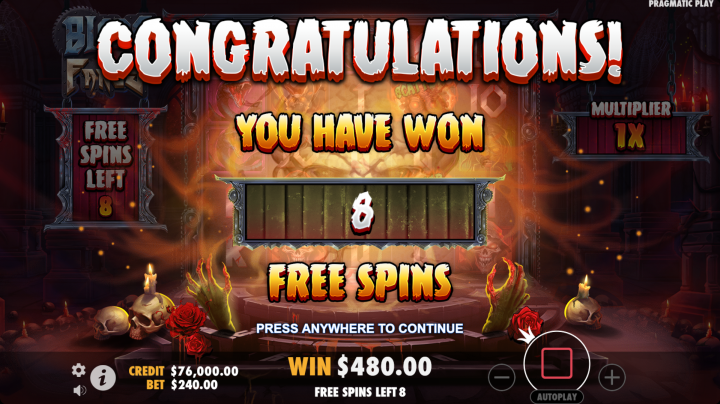
Beyond the usual spins, slot games continue to enhance interactivity, engagement, and winning potential through creative features and bonuses. The paytable also explains each.
Overview of Common Bonus Types Innovative features that spice gameplay usually includes:
- Free Spins: Landing scatter symbols on online slots can trigger 5-15 free spins. All payouts are generally multiplied, too. Other symbols may also randomly award free spins sometimes.
- Cascading Reels: Symbols arranged in winning paylines disappear, causing cascading collapse and reordering of symbols. New wins are thus exponentially possible from the same single spin without using the free spins feature.
- Win Multipliers: Scoring bonus features like free games often award all symbol payouts a 2x/3x multiplier, boosting overall wins from that round. Landed wilds may also randomly apply a multiplier.
- Expanding Wilds: When certain defined wild symbols land, they expand to cover the entire reel height or more reels, too, enabling higher wins.
- Walking Wilds: These land on reels and shift position across reels on succeeding spins till the bonus ends, substituting for more symbols.
- Unlock Bonus Game: Meeting requirements like landing scatter symbols opens bonus game events with assured payouts up for grabs.
Note that available features vary across slots. So, reading what’s applicable is important before playing online slots or slot machines.
Jackpots in Pay Tables
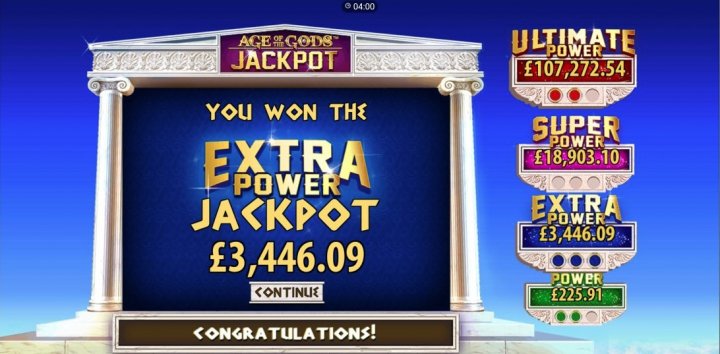
Some video slot games will offer the chance of winning a jackpot, but it's important to understand what type of jackpot it is. There are generally two types you'll encounter:
- Fixed Jackpots: Slots can allot a fixed prize pool amount as a jackpot upon meeting defined rules or allocate a prize multiplier of the bet-triggering bonus.
- Progressive Jackpots: These start with a base amount but keep incrementing based on % of every wager placed, creating tempting prizes. Triggering events wins the entire jackpot.
Gauging Volatility and Return Metrics
Also known as variance, volatility measures the risk in a slot defined by the size and frequency of payouts.
You will see that most paytables in slot machines will categorize the variance as:
- Low
- Low-Medium
- Medium
- Medium-High
- High
- Very High
Low is the least risky, with small but very frequent payouts. Risk and reward increase the volatility, peaking high volatility slots that feature sizable but occasional payouts.
The Importance of RTP
Abbreviated as Return to Player, RTP denotes the percent of total bets statistically expected to return to players as winnings over extended gameplay. A 96% RTP means average payouts worth 96% of total bets.
Now, most paytables publish RTP figures nowadays. High RTP, like 96-97%, signals players get paid well overall. Thus, together, volatility and RTP guide slot machine preferences aligned to gameplay tastes and payout expectations. Paytables furnish those metrics.
Bet Sizing and Requirements
Although you can find bet sizing information on the main slot game, the paytable may also mention minimum and maximum bets permitted per spin. Lower minimums allow casual gaming even with smaller bankrolls. In contrast, no limits enable betting big for higher payout chasing. Their multiplication with selected pay lines sets the overall wager cost per spin.
Key Aspects to Note When Using Slot Machine Pay Tables
While delving into nuances helps, regularly playing slots across types gradually builds general familiarity.
Still, noting fundamental aspects is always advisable, for example:
- Recognizing symbols early, including special ones to target
- Identifying important requirements to meet for key features
- Understand volatility and RTP metrics before playing
- Linking bets to a jackpot or hefty bonus needs
- Grasping game innovations if unfamiliar dynamics surface
How to Read Slot Pay Tables in a Nutshell
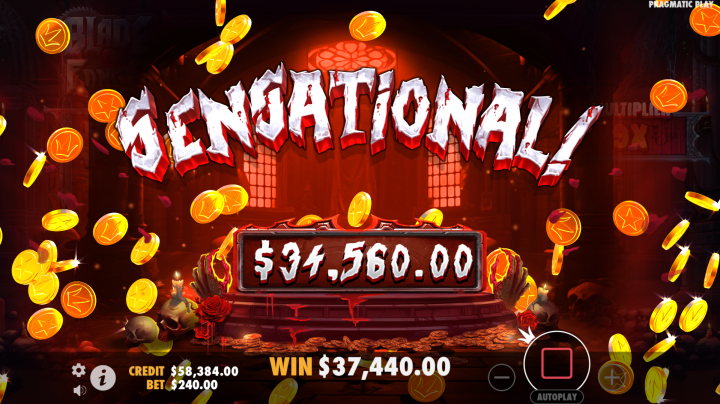
Essentially, the first thing you should do before you play any casino game, is open up the paytable or rules page. It will give you all the information you'll need to understand, allowing you to enjoy the game more compared to not reading it and wondering what is happening each time you press the spin button.







